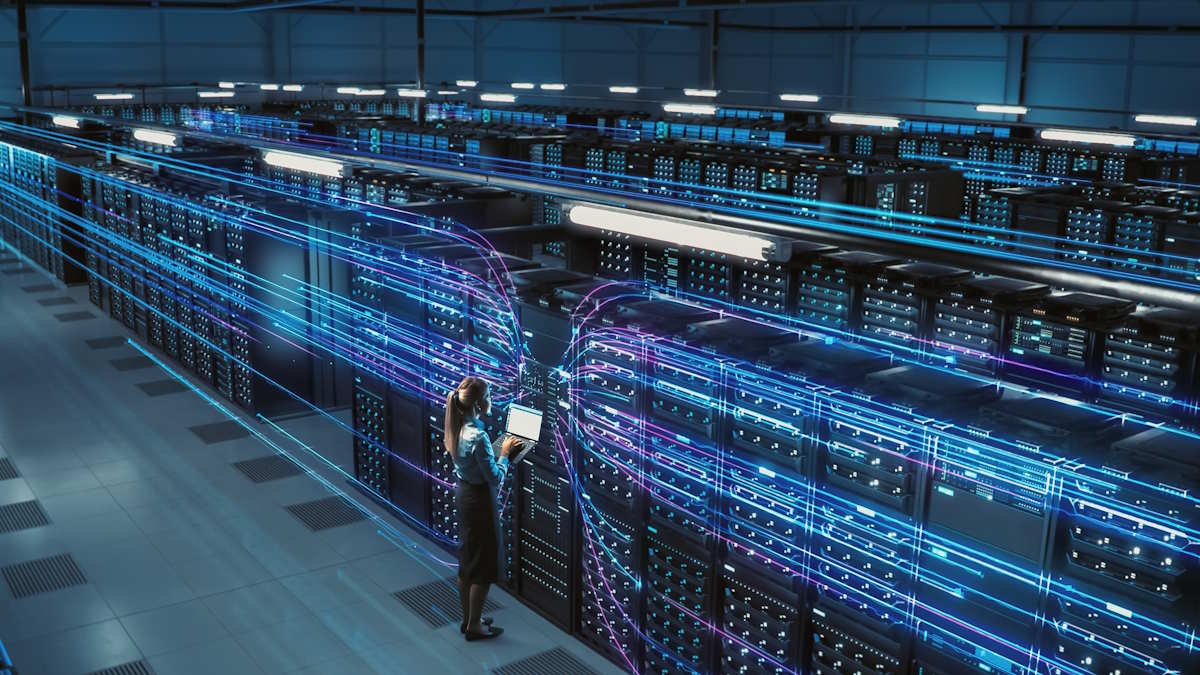In the modern digital landscape, computers are pivotal, driving innovation across multiple sectors. From personal computing to complex data analysis, the evolution of computers has revolutionized how we work, communicate, and live. This blog explores the fascinating world of computers, their history, advancements, and their role in shaping our future.
The Evolution of Computing
Computing’s history is a testament to human ingenuity and technological progress. From the ancient abacus to today’s supercomputers, each milestone—from Charles Babbage’s mechanical computer to transistor-based machines—has paved the way for increasingly powerful and efficient devices. This journey underscores the relentless pursuit of innovation.
The Rise of Personal Computing
The 1970s marked a transformative era with the advent of personal computers. Pioneers like Apple and IBM democratized computing power, making it accessible to individuals and transforming daily life. The introduction of what’s known as the graphical user interface (GUI) revolutionized user experience, making computers more user-friendly and setting the stage for the digital age.
The Era of Networking
Networking technologies have been crucial in connecting computers, facilitating communication, and enabling data exchange. Local Area Networks (LANs) and Wide Area Networks (WANs) have allowed organizations to share resources and collaborate seamlessly. The internet has further transformed the world into a global village, providing instant communication and access to vast information.
SAN Switches: Empowering Storage Networks
Storage Area Networks (SANs) are specialized networks designed to provide high-speed access to storage devices. A SAN switch is the backbone of these networks, efficiently routing data between storage devices and servers. Unlike traditional network switches, SAN switches are optimized for storage traffic, offering low latency and high throughput.
In modern data centers, SAN switches are essential for managing vast amounts of data efficiently. They provide a dedicated and scalable infrastructure for storage, enabling organizations to meet the demands of data-intensive applications and workloads. This capability is crucial for businesses that rely on large-scale data processing and storage.
Advancements in Computing Power
The pace of technological innovation continues to drive remarkable advancements in computing power. Moore’s Law, predicting the doubling of transistors on a microchip approximately every two years, has led to exponential growth in computational capabilities.
From multi-core processors to quantum computing, researchers are constantly pushing the boundaries of what’s possible. Quantum computers, in particular, hold the promise of solving complex problems that classical computers struggle with, such as cryptography and drug discovery, heralding a new era of computational potential.
The Future of Computing
The future of computing holds immense promise. Artificial Intelligence (AI) and Machine Learning (ML) are set to revolutionize industries from healthcare to finance, unlocking new possibilities and driving unprecedented innovation. Edge computing, which brings processing power closer to the data source, promises to reduce latency and enable real-time processing for critical applications.
Conclusion
In the ever-evolving technological landscape, computers remain at the forefront of innovation, driving progress and shaping our future. From their humble beginnings to their current sophistication, computers have transformed how we live, work, and interact with the world. As we embark on the next chapter of technological evolution, the possibilities are limitless, and the journey promises to be extraordinary.
Computers, in their myriad forms and functions, continue to redefine the boundaries of what is possible, setting the stage for an exciting future where technology and human ingenuity combine to solve the world’s most challenging problems.
